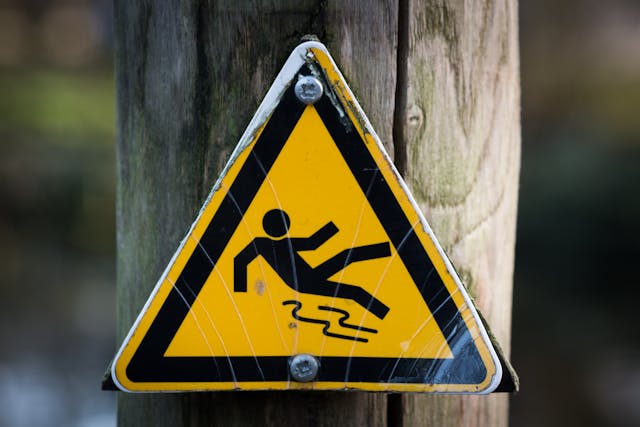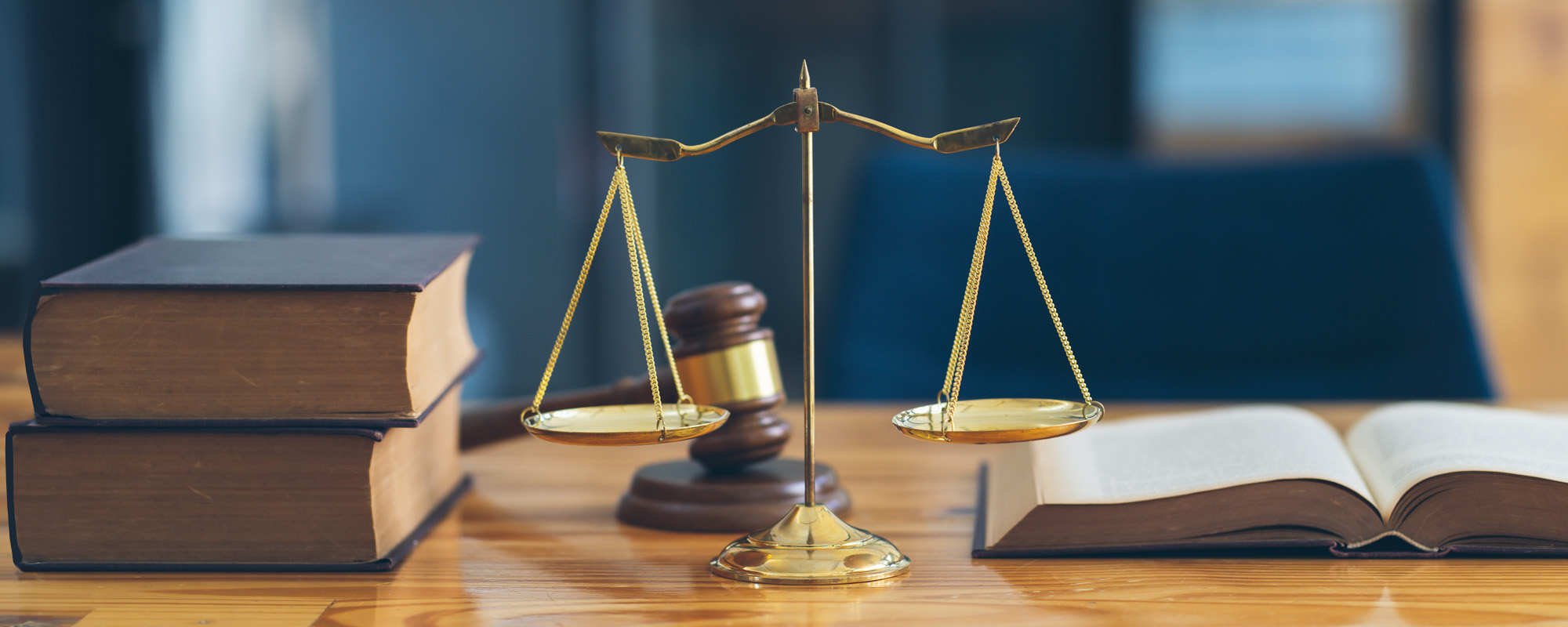
When you are on someone else’s property, there is an expectation that you will be provided with a safe and maintained environment. If you fall and injure yourself because of a hazard on someone else’s property, it can be painful both physically and financially. You may be wondering if the property owner is responsible for your injuries and if you can submit a claim. If you or someone you know was injured due to the negligence of a property owner, continue reading and contact a Rockland County slip and fall lawyer for assistance.
What is Premise Liability?
Premise liability is the responsibility of a property owner to provide customers, employees, or visitors with a safe environment. They have a legal obligation to prevent accidents by maintaining their property and eliminating hazards. If a property owner fails to adhere to these standards it could be dangerous and harmful to people visiting.
To prove that there was a breach of premise liability, there are certain aspects of the situation that you will need to outline. To have a case you will have to demonstrate that you were legally on the premises, that the owner was negligent regarding hazardous situations, and that you sustained injury due to their negligence.
A property owner is negligent if they were aware of the danger on their property and did not make an effort promptly to eliminate the danger. It is unrealistic to assume that a property owner will be immediately aware of any spill or other issue, but they need to have someone monitoring the area regularly to look for problems and ensure everything is running smoothly.
How Can a Property Owner Go About Preventing Falls?
Slip and fall accidents are a major cause of injury across the United States. Sometimes accidents are unavoidable. However, a property owner is responsible for taking action to limit the number of accidents that happen on their property. The following is a list of ways property owners should be providing a safe space for visitors.
- Keep floors and walkways clear and free of potential hazards
- Hazards can include liquid spills, wires, uneven surfaces, loose carpeting, cracking in pavement, etc. The owner or an employee should be evaluating the safety of the space regularly so they can eliminate potential threats as they come about.
- Inform visitors, customers, and employees about dangers
- If the owner or an employee spots a hazard and cannot remove it immediately, provide a sign, rope the area off, or give a verbal warning to people who may encounter it so they are prepared and aware.
- Provide good lighting
- Natural lighting will not be helpful at night or in walkways far from windows. If there is poor lighting in hallways or parking lots it can lead to injury.
- Do regular inspections
- Do regular inspections of the property and keep records of findings. Regular inspections can allow a worker to spot a problem or potential problem. Monitoring and resolving a potential issue before it arises can be beneficial and save money and time in the long run.

